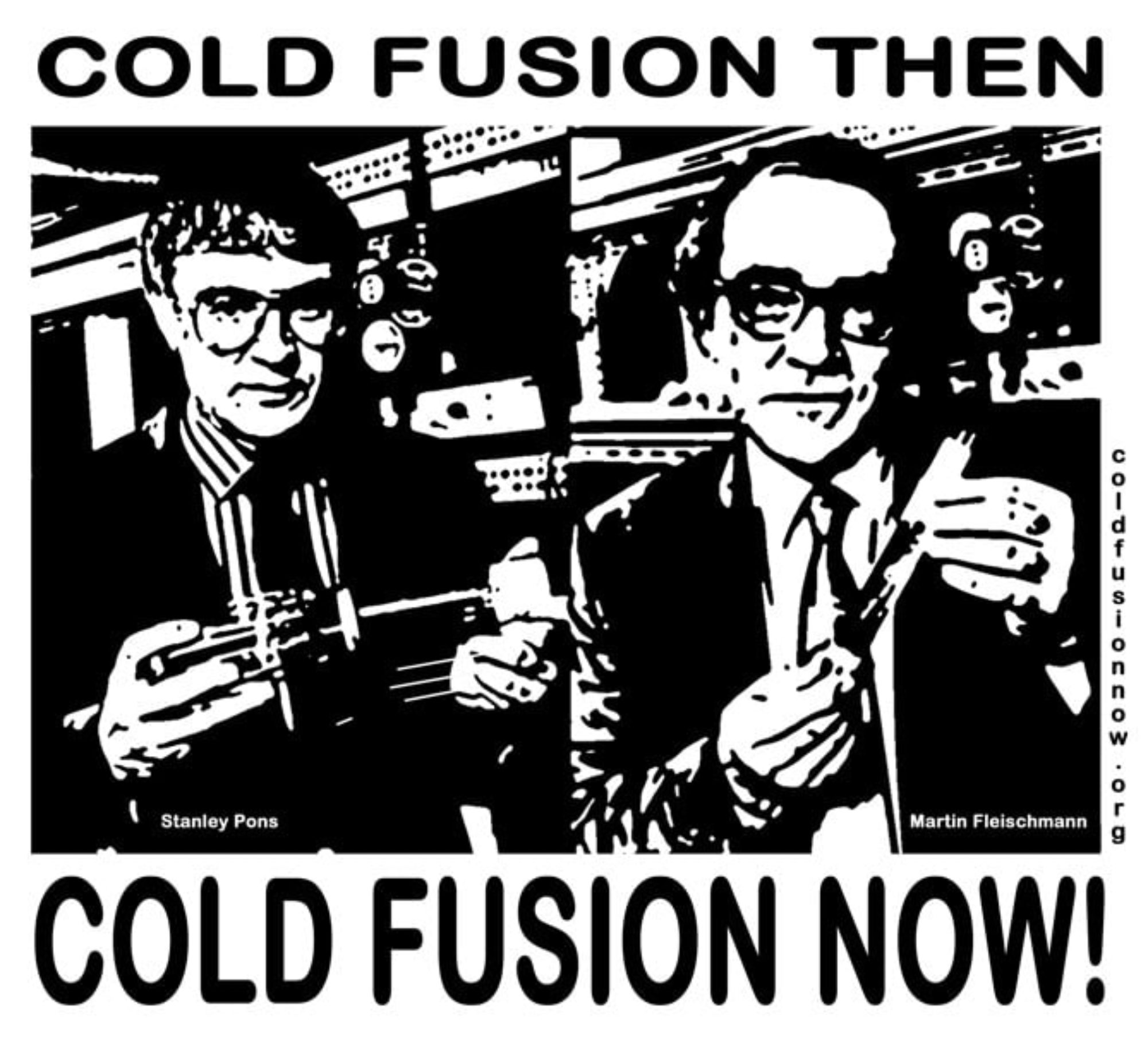After a vacation of several weeks, Roy Virgilio has returned to the EnergeticAmbiente Forum to answer some more questions on the work of Francesco Piantelli’s group. The following is a summary of his answers, translated from Italian with much help from Google Translate and Yahoo! Babel Fish:
- The old cells were self-sustaining for some time, maybe a few days, and they were eventually made to stop, or the reaction would have gone on.
- The new joint-stock company will be a subsidiary of Nichenergy.
- The expected increase in the energy gain factor from 2 or 3 to 200 will be achieved primarily by the exploitation of theoretical insights Piantelli has had recently, leading to the most efficient preparation of the nickel, as well as different and more suitable materials and configurations used in the construction of the cell. The actual amount of excess energy produced by the new cells is not known, but will be determined soon with the new tests.
- Nearly all the materials used in the older patents have changed. For example, the newer cells use high-tech ceramics.
- The present stage of development involves prototypes in a variety of configurations undergoing various tests. Those configurations that give the best results will go on to the pre-industrialization stage.
- Piantelli says the reaction that occurs in his cell is not nuclear fusion, but is exclusively a protonic reaction, so to speak, that involves nuclear transmutation and a series of primary and secondary decays, and which is exothermic.
- There will be several other patents filed.
- Piantelli and Focardi share the same basic knowledge of the hydrogen-nickel technology, but at the time Focardi left Piantelli to follow after Rossi, his knowledge was not as extensive or as up-to-date as Piantelli’s.
Unless Andrea Rossi is bluffing, it appears the Piantelli group is still playing catch-up with regard to the industrialization of their device. Whether their professed superior knowledge of the hydrogen-nickel reaction will allow them to surpass Rossi in the energy output and/or reliability of their reactors remains to be seen.
In their favor, however, the Piantelli group has proposed a rather elegant hypothesis in their 2008 patent application that might just explain what is going on in the hydrogen-nickel reaction. The details may not be quite the same as those of the paper that is due to be released by the University of Siena, but the essential idea has probably not changed, going by the title of the group’s patent application of April of this year: “Method and Apparatus for Generating Energy through Nuclear Reactions of Hydrogen Adsorbed by Orbital Capture to a Metal Crystalline Nanostructure”. The Piantelli hypothesis is highly reminiscent of the known nuclear processes of electron capture and muon-catalyzed fusion. Piantelli insists it is not nuclear fusion. If it is to be regarded as a completely new type of nuclear reaction, perhaps it might be called “anion capture”, although a cursory Internet search reveals that the phrase is already in use to refer to extra-nuclear processes.
The process involves molecular hydrogen (H2) being adsorbed onto the surface of a crystalline transition metal that has a partially-filled electron shell. Under the right conditions the H2 molecules dissociate and pick up valence electrons from the metal, becoming hydrogen anions (H−), also known as hydrides. The H− ion consists of a proton with two electrons. As protons and electrons have equal and opposite charges, the H− ion has a net negative charge.
According to Piantelli’s hypothesis, under the right conditions a H− ion can replace an electron of a transition metal atom, just as a muon replaces an electron in muon-catalyzed fusion. Due to its relatively large mass, the H− ion continually falls to lower electron levels, causing the emission of X-rays and Auger electrons. As it has a net negative charge, there is no Coulomb repulsion to hinder its progress toward the transition metal nucleus. At the lowest level the H− ion is close enough to be captured by the nucleus. After capturing the H− ion, the unstable nucleus releases energy and eventually expels the anion in the form of a proton.
As expounded in the 2008 patent application, the hypothesis lacks a number of details, hard data, and experimental evidence, although the protons expelled from the nuclei are said to have been experimentally detected in a cloud chamber. It would also be interesting to see if the hypothesis could be extended to explain deuterium-palladium reactions. Still, it is a good overview, which is perhaps the most that can be expected from a patent application. Hopefully the paper to be released by the University of Siena will go into much more detail on this new kind of nuclear reaction.
UPDATES:
Just a note: in calling the above hypothesis the “2008 Piantelli hypothesis”, I only mean that it is the hypothesis included in the patent application filed in Italy in 2008. I am not certain exactly when the idea first came to Piantelli, or when he first mentioned it publicly.
On a related note, I would be remiss if I did not link to Peter Gluck’s recent post detailing Piantelli’s academic papers and patents over the years.
Peter Gluck also reports that Piantelli and Virgilio are collaborating on a book titled Galileo e il metodo scientifico attraverso i secoli, or Galileo and the scientific method during the ages.
As an addendum to my summary of Piantelli’s hypothesis above, perhaps I should also add that the expelled protons apparently have sufficient energy to engage in more conventional proton-metal reactions with nearby metal nuclei, resulting in nuclear transmutations.
Finally, just because it’s too cool not to include, I made a link to a YouTube video of a cloud chamber in my post above. Check it out.
************************************************************
Related posts:
Viareggio Cold Fusion conference: science, politics, and an Italian competitor — Ivy Matt July 23, 2011
Roy Virgilio releases more details on Piantelli’s research — Ivy Matt July 25, 2011

